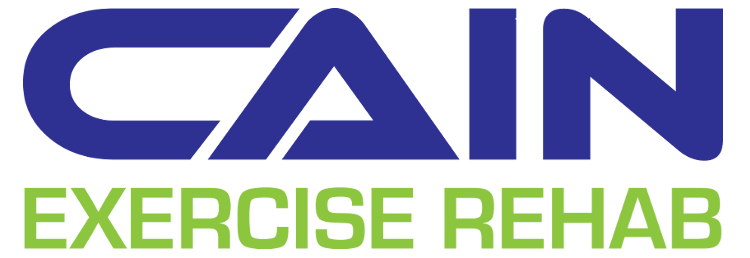BU T - how common is a lack of these ranges in the hips, really? In that article, I noted that most losses of hip flexion are purely soft-tissue restriction (those darn't hamstrings) while compensations of the spine during extension are likely just due to instability in the core.
In my experience, I've seen very few clients who have a deficit in hip mobility at the joint-level itself in flexion and extension, save for for traumatic accident victims, post-surgical clients, or the elderly.
This isn't to say that it doesn't happen. That being the case, however, considering how many people are aggressively trying to mobilize those ranges at the gym all the time, I'm here to show you some quick ways to self-assess whether you're one of the people who actually requires it. (Pro-tip: You're most likely not one of those people.)
Flexion
Lay down on the floor (not a squishy bed) on your back. Rotate your pelvis all the way forward and make a big gap between your low back and the floor (anterior rotation) and then rotate it back so that the lower back is flattened on the floor (posterior). Now, find the spot directly in between those two end-ranges, which will be your neutral position.
From here, you want to make sure that your hips don't leave that neutral position. Focusing on keeping the pelvis where it is, pull one knee at a time all the way into your chest.
You'll probably notice that you got your knee somewhere between 90 and 120 degrees from the floor. Surprise! You have optimally mobile hip flexion!
From here, you want to make sure that your hips don't leave that neutral position. Focusing on keeping the pelvis where it is, pull one knee at a time all the way into your chest.
You'll probably notice that you got your knee somewhere between 90 and 120 degrees from the floor. Surprise! You have optimally mobile hip flexion!
Extension
Self-testing your extension will follow a similar pattern. Standing this time, find the a doorway or pole that you can have half of your body up against. Standing with your back to it (one butt-cheek on, one off) find your neutral pelvis position again. Place a hand in the small of your back to ensure that the distance between your back and the surface stays consistent while you extend the free leg back behind you, stopping when you feel your back forced to extend.
An average distance is anything past 0 degrees and up to 30, so if you were able to make it any distance at all, then you're healthy!
My Point
What I'm getting at here is just a demonstration that true flexion and extension hypomobility issues within the joint itself are not common. If you can't flex your legs far, you likely have excessive hamstring tension (removed by the bent knee when we tested). If you're spine deforms in extension, you probably just have an unstable core that's unable to withstand the force generated by hip extension when done dynamically.
If any range in the hip joint is lacking, it's probably rotation, but I'm going to get to that in a future post.
With all that in mind, it's probably time to abandon the banded hip mobility workouts and just start addressing the soft-tissue again like back in the good ol' days.
Subscribe to the Weekly Updates
Do
you like the content that you're reading? Sign up to receive the weekly
blog update from Cain Exercise Rehab directly to your email!





